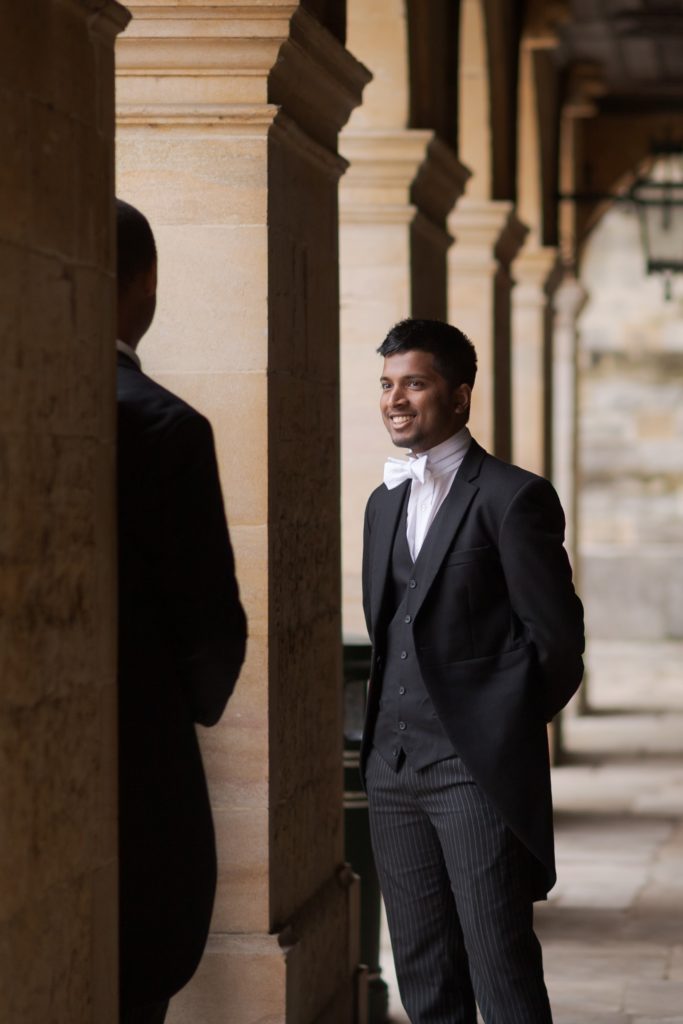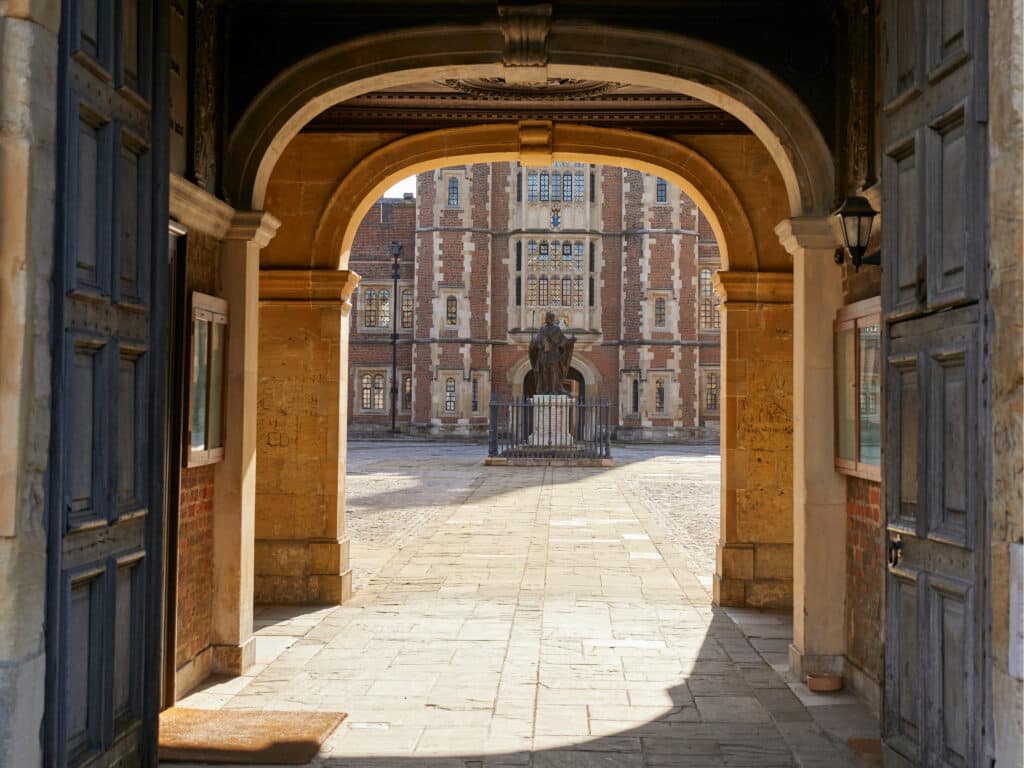When people think about Eton College, some of its traditions tend to jump to mind. Having asked my housemates, school dress, chapel, the unique sports, the unique punishments and the single-sex nature of the school were those most often mentioned, and would probably reflect the pre-conceptions of public and tourists. However, in this age of global social change, it seems increasingly to be the case that Eton should make a few concessions. In particular, the chapel, uniform and sanctions are traditions which are considered by some to be in need of reform. Whether this is wise is something that requires careful thought.
One dimension to be considered is what makes this school, or any school, the kind of successful institution that parents want to send their children to. The facilities and school infrastructure are certainly part of this decision. The great quality of teaching is also undeniable. However, these can be found in many schools around the world. It can be argued then that a big draw to the school is the traditions. Traditions are what make an institution unique. For this reason, traditions should be best left to evolve themselves, and neither submitted to enforced change nor prevented from forming.
Traditions become a part of a school’s fabric simply from being long-lasting aspects of daily life. Many traditions at Eton, such as the bizarre nomenclature or the structure of sanctions, have endured due to a lack of motivation for change. To attempt to change words to which we have we become accustomed after a period of exposure, or to replace a sanction with a comparable alternative, can seem impractical and needless respectively. Further, traditions that are easy or appear logical to change must have survived due to the perceived impact its removal would have had. Unfortunately, as traditions are so unique, it is near impossible to look for comparable examples to predict these possible impacts.
Historically, these realities are reflected in the record of changed tradition. Take school dress (uniform) as an example of a tradition under constant scrutiny. Although it seems near-unchanged since Victorian times, there have in fact been a number of changes: the top hats, variations in uniform by height, and Pop (prefect) wax hat stamps have all disappeared, each as a result of a social change. For example, top hats became no longer a requirement in 1948 when silk became more scarce during post-war rationing and supply chains to the Empire were under question. The Provost and Fellows (the governing body) even had a committee for the matter, before settling on their conclusion. Top hats immediately became a lot rarer, although not prohibited until the incumbent Headmaster Chenevix-Trench codified dress in 1964. Although both these instances show that traditions and rules can change, it literally took a war to instigate the first change, and a new, liberal, Headmaster to complete the progression. Furthermore, there were considerable issues caused
by this change in top hat rules, including an anonymous letter sent to the Eton Chronicle in 1953, stating;
‘DEAR SIRS,—Let it be hoped that in Coronation year, Etonians may once again have the privilege of wearing the Top Hat. Let it be remembered that the price is reduced when the hats are sold in quantity.’
This nostalgia for top hats in 1953 would probably be replicated by the abolition of school dress now.
These reflections on the history of changing traditions are of interest because, with no exactly comparable environment to study the potential effects of such a change, the past is our only point of reference. One might argue that this example indicates that change to traditions should only be enacted in circumstances of wider change, and only having considered and accepted the likely consequences of these actions.
Although it seems near-unchanged since Victorian times, there have in fact been a number of changes: the top hats, variations in uniform by height, and pop (prefect) wax hat stamps have all disappeared, each as a result of a social change.
In 1972 an instance of great social change hit Eton, along with the rest of Britain. Eighteen students had snuck out during the miners’ strikes to a ‘rock-n-roll jamboree’
in casual change, and for their trouble were temporarily suspended. However, the resulting student backlash and demonstrations led to the allowance of casual dress in the school within strict parameters. Although the contemporary social change was unparalleled, and the laying of the draconian rules seems insignificant in comparison, there were still ramifications. The New York Times lamented at the time that the allowance of casual change and the abolition of top hats would come as a great ‘disappointment to American tourists … capturing for immortality with cameras the depressed demeanor of a youth of 13 in penguin attire.’1
The government itself has weighed in on the value of traditions, or at least traditional institutions and actions in independent schools, with extensive reports and commissions. The first major one to consider traditions was the Royal Commission of 1861 and the ensuing 1868 Public Schools Act. Among its numerous findings, the recommendations of, ‘The introduction of new branches of study, and the suppression of old ones’, prompted a major break from tradition. A second example of governmental intervention is the 1968 Newsom Report following the 1968 Royal Public Schools Commision. However, in this case, it first lauded the Eton tradition of having both a Dame and a Housemaster, writing, ‘Children need counsel and advice from their elders of both sexes’, showing a clear nod to a beneficial tradition. This is in stark contrast to the extensive criticism of many facets of daily life, for example, ‘Personal fagging, like beating by prefects, is a type of excessive authority which would be deeply resented by the vast majority of children in the maintained sector’. Following such criticisms, extensive change to daily life followed in this era. Coal fires were phased out, fagging abolished, rooms and boarding houses fully incorporated and standardised, and subjects formalised. However, the conditions such as regular beatings and lack of central heating that were being complained about were excessively anachronistic to the point of government intervention over human rights concerns. Modern complaints over school dress or minor punishments (such as ‘tardy book’) bear no comparison. The change in traditions reflected a fundamental change in the school’s attitudes to its responsibilities to pupils.
Although education should aim to attain rational action, I think that traditions can help learning. If a student does not have to constantly think about, for example, their clothes, they are able to better focus on study. Similarly, the rigid structuring of the day and enforced rituals such as chapel and house sports remove time spent planning the day ahead, and give pupils a break from academic endeavours. Scholars, such as Weber, have been pessimistic about the impacts of traditional hierarchies; I draw an altogether more positive conclusion from history, psychology, and politics. I argue that traditions should not be changed flippantly nor without sufficient cause. Historic changes, normally required due to social change, always had an abundance of provocation, such as from war, the government of the day or pupil riots. And yet the implications were not and cannot be predicted, due to the ‘natural selection’ of traditions throughout time. Moreover, the positive effects of traditions, as a steady hand to guide daily life and lift burdens from the rational mind, as well as any particular advantages, should not be underestimated. Traditions should only be changed with the utmost respect.
Notes
- New York Times, 14.11.1972, Page 12.



